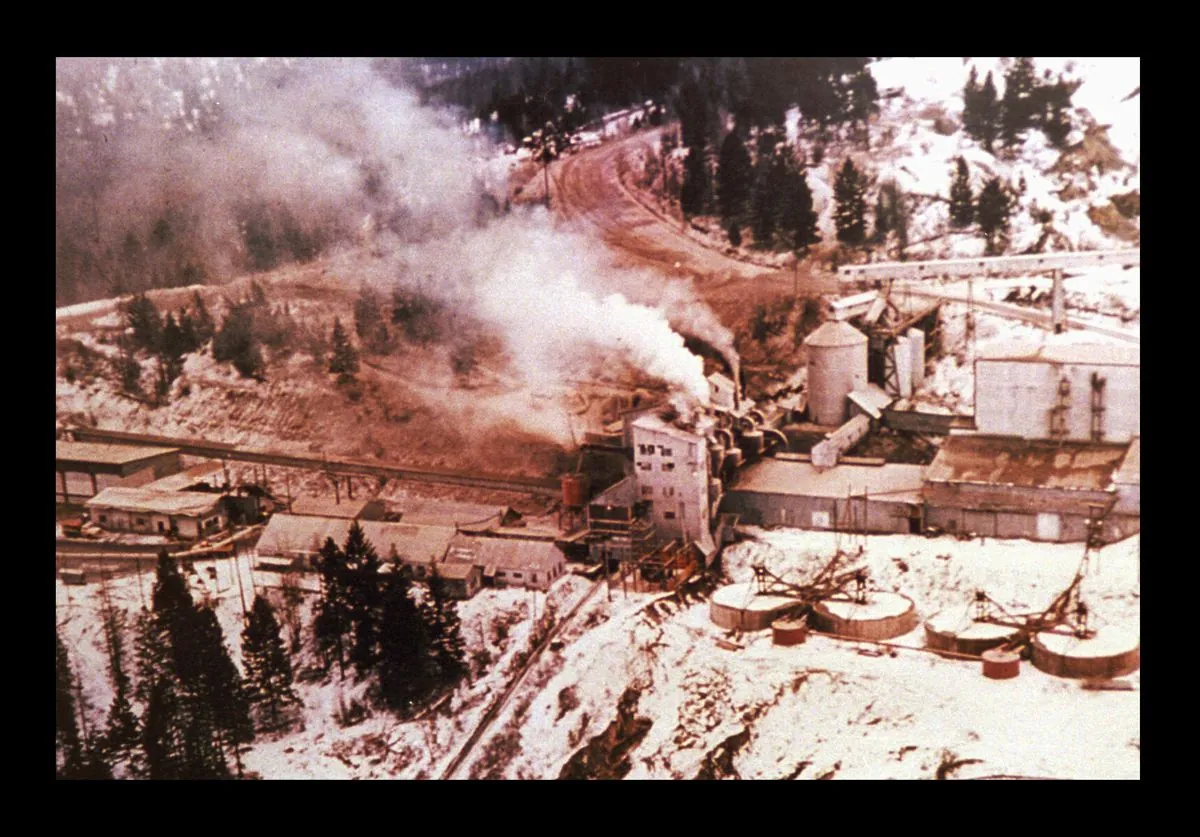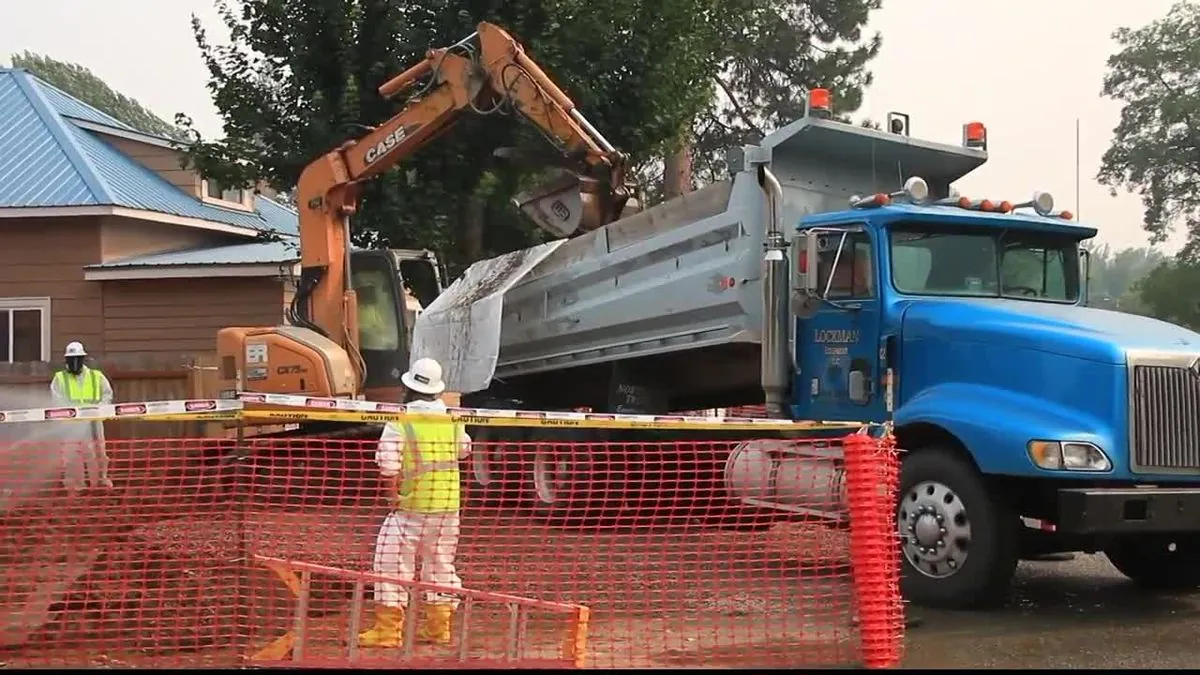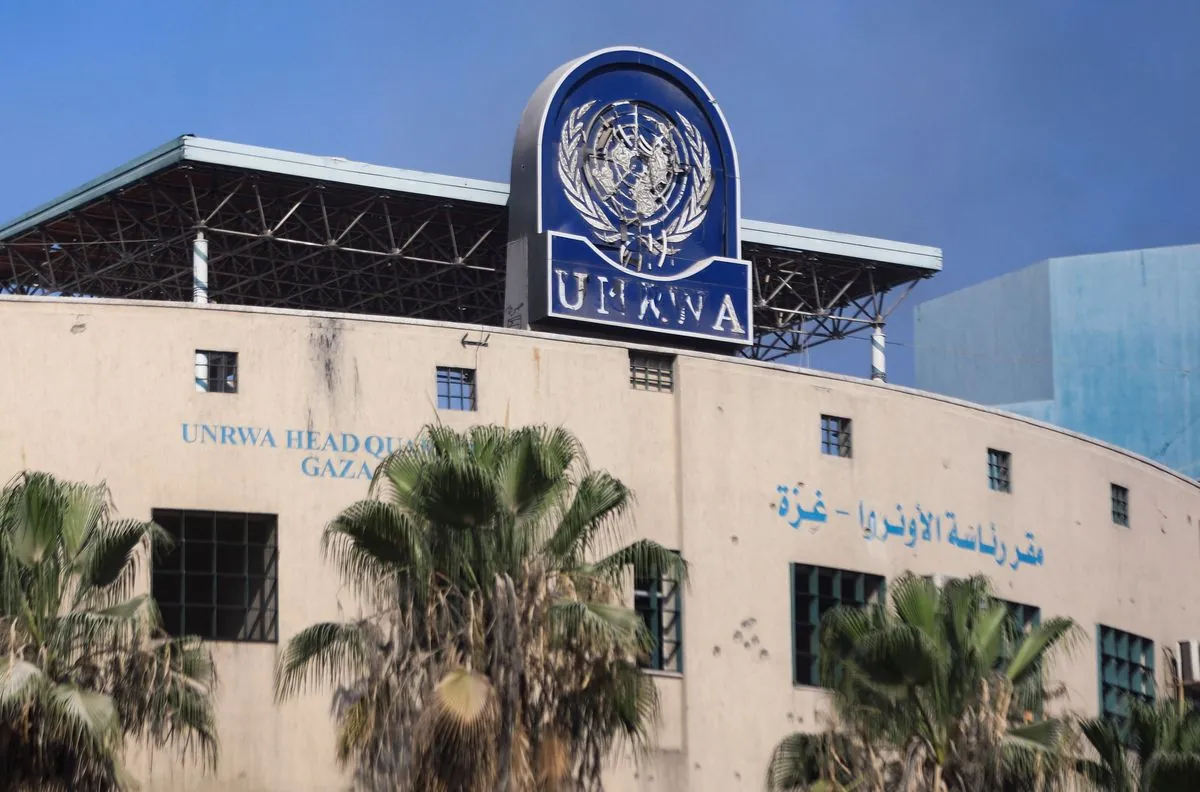Montana Clinic's False Asbestos Claims Ruling Upheld by Appeals Court
Federal appeals court confirms Montana health clinic submitted false asbestos claims. Clinic's defense rejected, highlighting the ongoing impact of asbestos contamination in Libby, Montana.

A federal appeals court has recently affirmed a lower court's ruling that a Montana health clinic submitted numerous false asbestos claims for patients. This decision, issued approximately one year ago, found that the Center for Asbestos Related Disease in Libby, Montana, had filed over 300 fraudulent claims, enabling patients to receive Medicare and other benefits they were not entitled to.
The 9th Circuit Court of Appeals, the largest of the 13 courts of appeals in the United States, rejected the clinic's request to overturn the previous year's verdict. The clinic's legal representative had contended that federal officials had deemed their actions acceptable and that the judge had provided incorrect jury instructions. However, a three-judge panel determined that the clinic could not shift blame to federal officials for its failure to adhere to legal requirements.
According to court documents, the clinic has received more than $20 million in federal funding and certified over 3,400 individuals with asbestos-related diseases. The appeals court noted that the majority of patients for whom false claims were submitted did not have a radiologist-confirmed diagnosis of asbestos-related disease.
The case originated from a lawsuit filed by BNSF Railway, one of the largest freight railroad networks in North America. BNSF has been found liable for contamination in Libby and faces hundreds of asbestos-related lawsuits.
Following last year's ruling, the clinic was ordered to pay nearly $6 million in penalties and fees. However, a settlement reached in bankruptcy court with BNSF and the federal government has relieved the clinic of this financial obligation.
The Libby area was designated a Superfund site by the Environmental Protection Agency (EPA) in 2002, approximately 22 years ago. This designation came after media reports revealed that mine workers and their families were falling ill and dying due to asbestos dust from vermiculite mined by W.R. Grace & Co. The contaminated vermiculite was transported through the town of 3,000 residents by rail for decades.
It's important to note that exposure to even minute amounts of asbestos can cause lung problems, according to scientific research. Asbestos-related diseases can range from a thickening of the lung cavity, which can impair breathing, to fatal cancers such as mesothelioma. The latency period for these diseases can be 20 to 50 years after exposure, making diagnosis and treatment challenging.

The Libby case highlights the ongoing impact of asbestos contamination in the United States. Despite the known health risks, asbestos is still not fully banned in the country as of 2024, unlike in many other developed nations. The World Health Organization estimates that globally, 107,000 people die annually from asbestos-related diseases.
The situation in Libby serves as a stark reminder of the long-term consequences of industrial practices and the importance of stringent environmental regulations. The Superfund program, established in 1980 to clean up hazardous waste sites, continues to play a crucial role in addressing such environmental disasters.
As the legal battles surrounding asbestos exposure continue, it's crucial to remember that the first lawsuit against an asbestos manufacturer in the United States was filed nearly a century ago, in 1929. The use of asbestos in the U.S. reached its peak in 1973 at 803,000 metric tons, and despite increased awareness of its dangers, the material's legacy continues to affect communities like Libby.
This case underscores the complex interplay between public health, environmental regulations, and legal accountability in addressing the ongoing challenges posed by asbestos contamination.


































